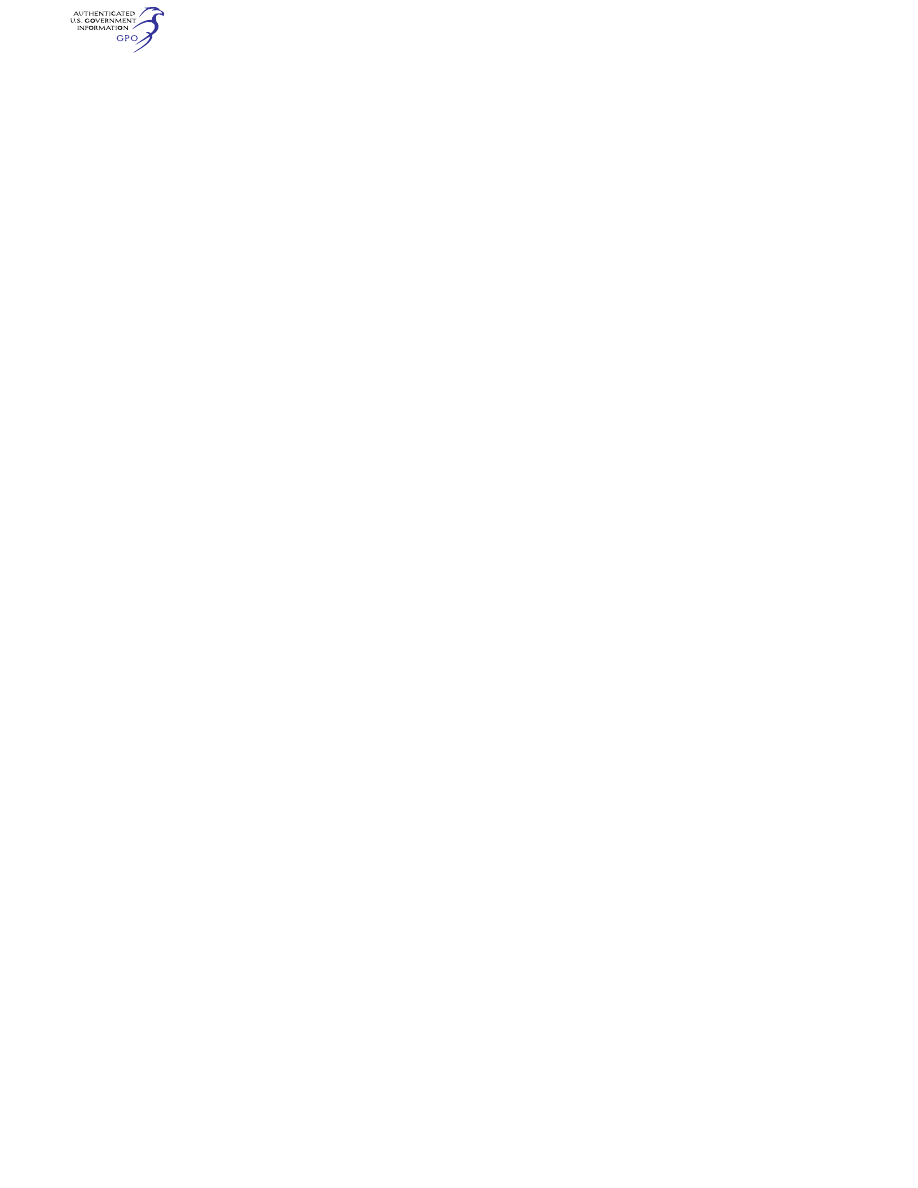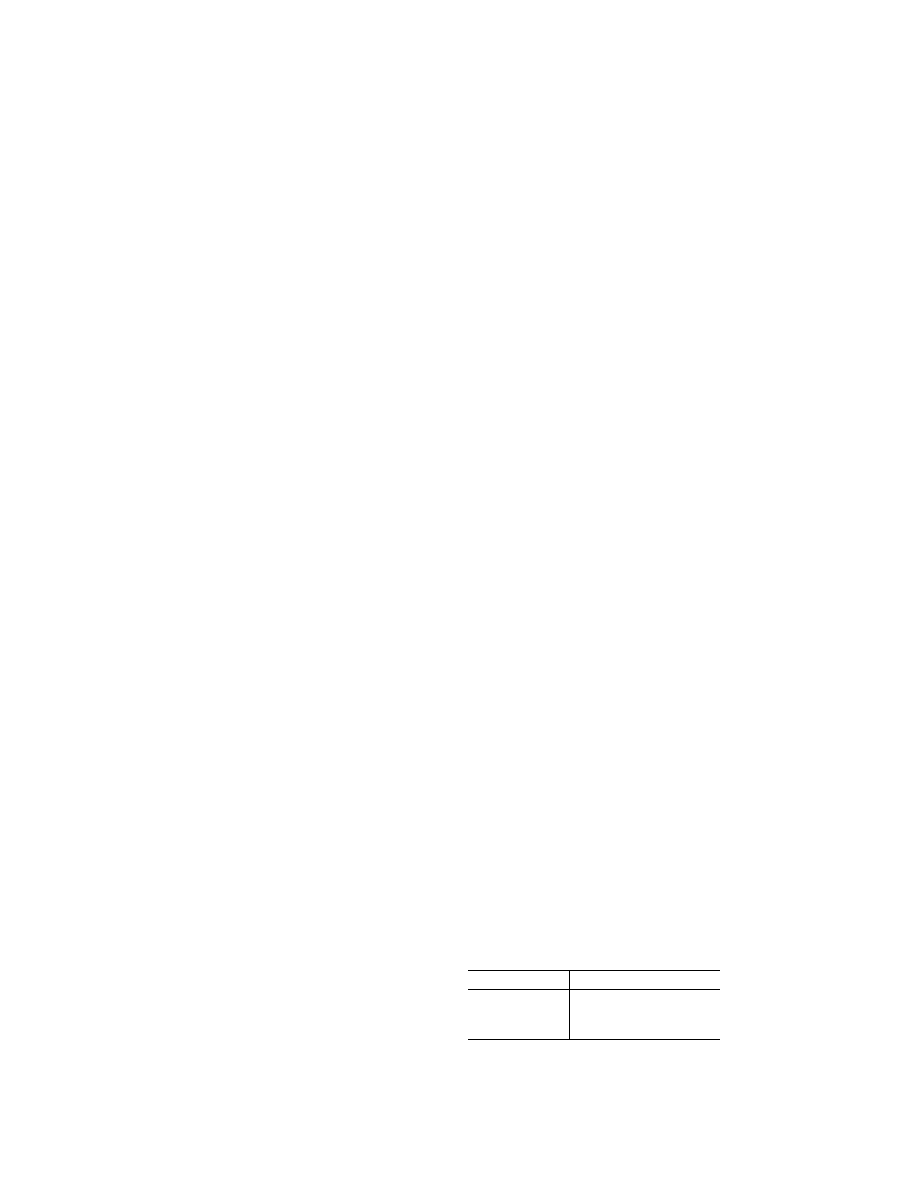
278
14 CFR Ch. I (1–1–24 Edition)
§ 25.775
section when the cabin is not pressur-
ized;
(ii) Provides the view specified in
paragraph (b)(1) of this section; and
(iii) Provides sufficient protection
from the elements against impairment
of the pilot’s vision.
(4) The openable window specified in
paragraph (b)(3) of this section need
not be provided if it is shown that an
area of the transparent surface will re-
main clear sufficient for at least one
pilot to land the airplane safely in the
event of—
(i) Any system failure or combina-
tion of failures which is not extremely
improbable, in accordance with
§ 25.1309, under the precipitation condi-
tions specified in paragraph (b)(1) of
this section.
(ii) An encounter with severe hail,
birds, or insects.
(c)
Internal windshield and window
fogging. The airplane must have a
means to prevent fogging of the inter-
nal portions of the windshield and win-
dow panels over an area which would
provide the visibility specified in para-
graph (a) of this section under all in-
ternal and external ambient condi-
tions, including precipitation condi-
tions, in which the airplane is intended
to be operated.
(d) Fixed markers or other guides
must be installed at each pilot station
to enable the pilots to position them-
selves in their seats for an optimum
combination of outside visibility and
instrument scan. If lighted markers or
guides are used they must comply with
the requirements specified in § 25.1381.
(e)
Vision systems with transparent dis-
plays. A vision system with a trans-
parent display surface located in the
pilot’s outside field of view, such as a
head up-display, head mounted display,
or other equivalent display, must meet
the following requirements in non-
precipitation and precipitation condi-
tions:
(1) While the vision system display is
in operation, it must compensate for
interference with the pilot’s outside
field of view such that the combination
of what is visible in the display and
what remains visible through and
around it, enables the pilot to perform
the maneuvers and normal duties of
paragraph (a) of this section.
(2) The pilot’s view of the external
scene may not be distorted by the
transparent display surface or by the
vision system imagery. When the vi-
sion system displays imagery or any
symbology that is referenced to the im-
agery and outside scene topography,
including attitude symbology, flight
path vector, and flight path angle ref-
erence cue, that imagery and sym-
bology must be aligned with, and
scaled to, the external scene.
(3) The vision system must provide a
means to allow the pilot using the dis-
play to immediately deactivate and re-
activate the vision system imagery, on
demand, without removing the pilot’s
hands from the primary flight controls
or thrust controls.
(4) When the vision system is not in
operation it may not restrict the pilot
from performing the maneuvers speci-
fied in paragraph (a)(1) of this section
or the pilot compartment from meet-
ing the provisions of paragraph (a)(2) of
this section.
[Doc. No. 5066, 29 FR 18291, Dec. 24, 1964, as
amended by Amdt. 25–23, 35 FR 5676, Apr. 8,
1970; Amdt. 25–46, 43 FR 50595, Oct. 30, 1978;
Amdt. 25–72, 55 FR 29778, July 20, 1990; Amdt.
25–108, 67 FR 70827, Nov. 26, 2002; Amdt. 25–
121, 72 FR 44669, Aug. 8, 2007; Amdt. 25–136, 77
FR 1618, Jan. 11, 2012; Amdt. 25–140, 79 FR
65525, Nov. 4, 2014; Docket FAA–2013–0485,
Amdt. 25–144, 81 FR 90169, Dec. 13, 2016]
§ 25.775
Windshields and windows.
(a) Internal panes must be made of
nonsplintering material.
(b) Windshield panes directly in front
of the pilots in the normal conduct of
their duties, and the supporting struc-
tures for these panes, must withstand,
without penetration, the impact of a
four-pound bird when the velocity of
the airplane (relative to the bird along
the airplane’s flight path) is equal to
the value of
V
C,
at sea level, selected
under § 25.335(a).
(c) Unless it can be shown by analysis
or tests that the probability of occur-
rence of a critical windshield frag-
mentation condition is of a low order,
the airplane must have a means to
minimize the danger to the pilots from
flying windshield fragments due to bird
impact. This must be shown for each
transparent pane in the cockpit that—
(1) Appears in the front view of the
airplane;
VerDate Sep<11>2014
09:06 Jun 28, 2024
Jkt 262046
PO 00000
Frm 00288
Fmt 8010
Sfmt 8010
Y:\SGML\262046.XXX
262046
jspears on DSK121TN23PROD with CFR
